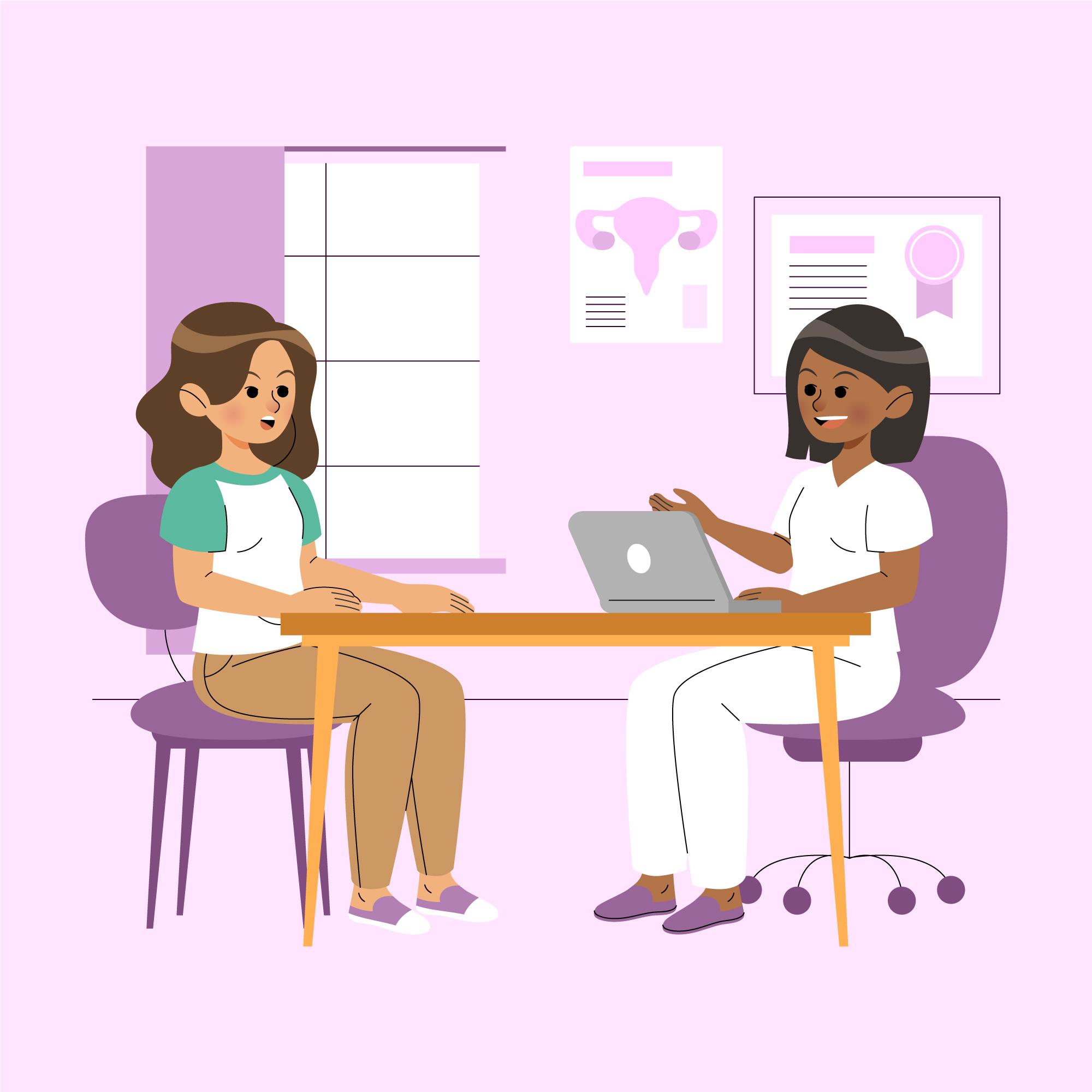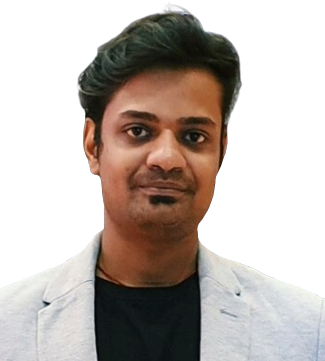The Digital Pulse: Transforming Patient Engagement with LLMs
TL'DR
In developing countries, providing continuing care for chronic conditions face numerous challenges, including the low enrollment of patients in hospitals after initial screenings. This issue is rooted in a complex web of barriers that affect individual's ability to access and engage with healthcare services on the continent. In this blog, we will delve into these unique challenges and introduce a promising digital solution that utilizes Large Language Models (LLMs) to bridge the gap between patients and healthcare facilities.

A health worker educating patients on tailored health strategies for a brighter future (Image designed by Freepik)
The Enrollment Challenge
One major hurdle is the need for more patient enrollment in hospitals after health screenings. These screenings are crucial for capturing essential patient information, including demographic details, vital signs such as blood pressure and glucose levels, and mental health assessments. However, the process often breaks down at the enrollment stage for the following reasons:
- Limited Health Literacy and Awareness: Many individuals, especially in rural areas, need more understanding of the importance of follow-up care after screenings due to hesitancy.
- Transportation and Distance: Inadequate access to transportation infrastructure, coupled with long distances to healthcare facilities, poses logistical challenges for patients.
- Financial Barriers: Financial constraints, even when screenings are free, deter patients from enrolling due to fears of medical expenses.
- Communication Gaps: Effective communication between community health workers and patients is crucial but often needs to be improved, leaving patients uncertain about enrollment.
- Contact Information Issues: Patients frequently provide inaccurate or outdated contact details, making it difficult for healthcare facilities and telecounselors to follow up.
- Shared Phone Numbers: Shared phone numbers can lead to communication challenges when healthcare providers and telecounselors inadvertently contact family members or others, causing confusion and hindering enrollment.
- Social Stigma: Stigmatization of certain health conditions discourages individuals from seeking medical assistance and enrolling in healthcare programs.
Community Health Worker Limitations
Community health workers are vital in bridging the healthcare gap in these regions. However, they face their own set of challenges:
- Limited Knowledge of Lifestyle Changes: They may need help to provide in-depth guidance on lifestyle modifications, such as exercise routines, smoking cessation, and dietary changes.
- Enrollment Promotion: Communicating the necessity of hospital enrollment to patients effectively can be challenging due to limited training and resources.
- Lack of Medical Qualifications: Most community health workers need to be medically qualified to explain the severity of conditions comprehensively, making it challenging to convey the importance of hospital enrollment.
A Digital Solution: Personalized Education Content
To address these challenges, a promising digital solution has been implemented. It leverages the Language Model (LLM) to create personalized educational content for every patient in their native language. Here's how it works:
- Data Collection: Community health workers compile patient demographics, such as age, gender, and address. They also record vital signs, such as blood pressure and glucose levels, and conduct mental health assessments to gauge the patient's emotional well-being.
- Personalized Content Generation: The collected data is then processed by Large Language Models, which generate educational content tailored to each patient's needs.
- Language Translation: The generated content is translated into the patient's native language, ensuring better understanding and engagement.
- Real-time Delivery: The content is displayed in an application used by community health workers, enabling them to convey real-time lifestyle changes to patients and assess the necessity of enrolling in the program based on the severity of the disease.
Benefits of the Digital Solution
Implementing this digital solution offers several advantages:
- Personalization: Patients receive information specifically tailored to their needs, making it more relevant and engaging.
- Language Accessibility: Language barriers are overcome by providing content in the patient's native language, ensuring better comprehension.
- Real-time Guidance: Community health workers can deliver comprehensive guidance on health and lifestyle changes during patient interactions.
- Increased Enrollment: By addressing patient concerns and providing clearer explanations, enrollment rates in hospitals are likely to improve.
Conclusion
Low patient enrollment after health screenings poses a significant challenge to healthcare delivery. However, by harnessing the power of Large Language Models, a digital solution has emerged that aims to bridge this gap. By providing personalized education content in native languages, community health workers can empower patients with the knowledge and motivation to take control of their health and engage with healthcare services effectively. This innovative approach represents a promising step toward improving healthcare accessibility and outcomes in aid-recipient nations.







.png)
.png)
.png)
.png)
.png)
.png)












